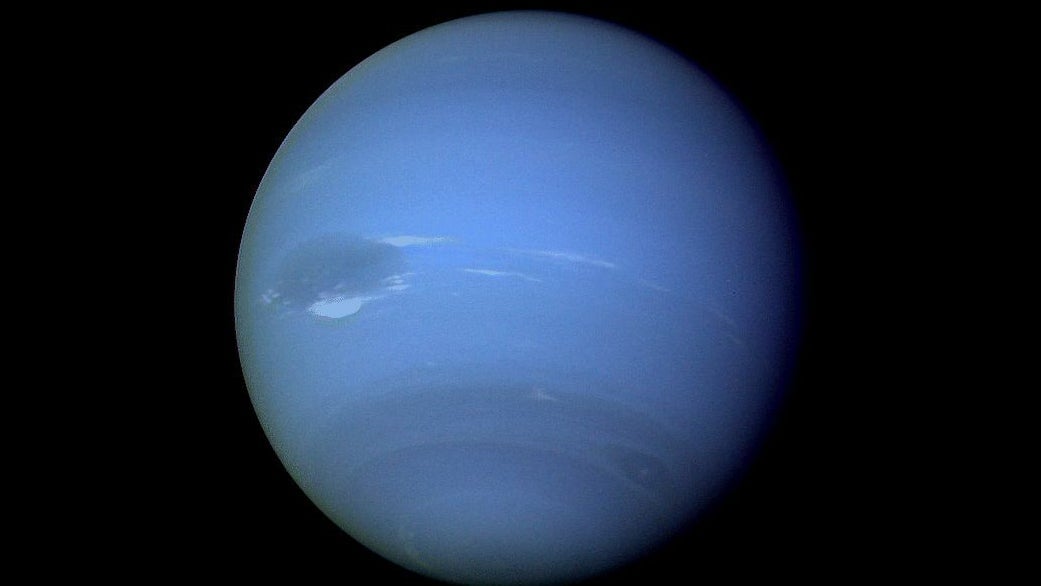Scientists created “diamond rain” to mimic icy planets like Neptune
It might sound like a Prince cover band, but “diamond rain” is a scientific phenomenon about which physicists have long hypothesized. And it was just proven possible to recreate.


It might sound like a Prince cover band, but “diamond rain” is a scientific phenomenon about which physicists have long hypothesized. And it was just proven possible to recreate.
According to a study published in the journal Nature Astronomy on Aug. 21, a team of scientists has recreated the “diamond precipitation” that they believe occurs inside enormous icy planets such as Neptune and Uranus. Those planets are rich in hydrocarbons, which scientists believe undergo structural changes as they grow closer to the planets’ cores, where extreme temperatures and pressures separate hydrogen from carbon—the element that forms diamonds—and, well, make it rain diamonds.
According to Cosmos, the scientists used an X-ray free-electron laser—called the Linac Coherent Light Source (LCLS)—at the SLAC National Accelerator Laboratory at Stanford University to create the intense force needed to bring free carbon atoms close enough to bond in the pattern required to make a diamond. The Washington Post reports that the source of these carbon atoms was none other than a block of polystyrene—yes, polystyrene, which is composed of hydrogen and carbon, much like the oceans of Neptune and Uranus.
Don’t get too excited. The diamonds the scientists created were less than one nanometer (a billionth of a meter) in length—invisible without lab-grade electron microscopes, and several million times smaller than a stone that might appear on one’s ring finger.
“It’s a bit hard to see how to grow a gem-sized diamond using this technique,” Martin Roscheisen, founder of Silicon Valley-based Diamond Foundry (which creates lab-grown diamonds for jewelry) told Quartz in an email. He also said it would be difficult for this laser-based technique to sustain the “lattice” pattern required for a larger single crystalline diamond like the ones his team grows in Diamond Foundry’s plasma reactors.
But minuscule man-made diamonds can still have industrial applications, and the findings are helping scientists better understand processes underway on planets billions of miles from earth.